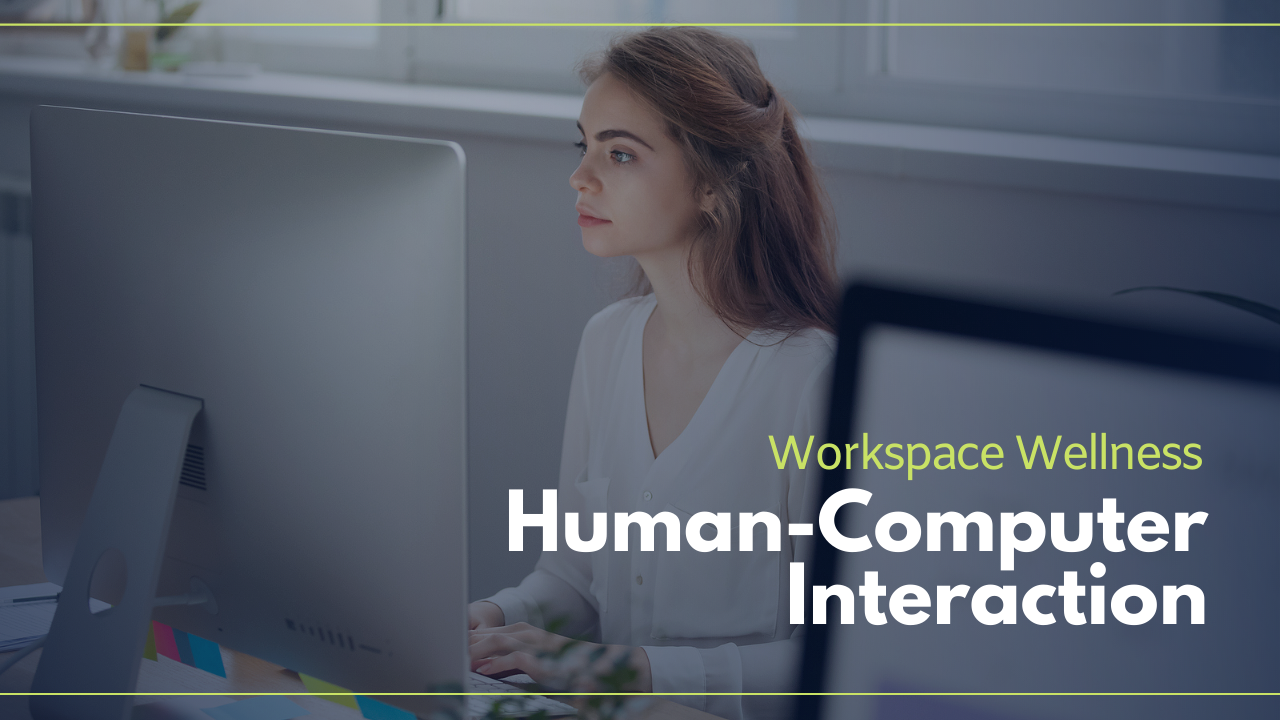- There is an entire field of study dedicated to ensuring that the computers we use in our everyday lives are effective and efficient: Human-Computer Interaction (HCI).
- It consists of three components: humans (the users), computers, and how the two work together to get something done.
- In the workplace, HCI can relate to everything from the ease at which we connect to WiFi, to brewing a good cup of coffee.
How many times do we interact with a computer each day? Probably a lot more than we realize.
On a typical day, most adults spend several hours in front of a computer, television, or phone screen. In 2020, those rates increased as a result of both lockdowns and increased remote work.
But what other computers are we interacting with besides the boxes that sit on our desks or in our pockets?
Today, almost everything we touch involves a computer. That includes our alarm clocks, the programmable coffee pot in our kitchen, our vehicles, the traffic signals on our way to work, and even the automatic soap dispensers and faucets in the office bathroom.
Ensuring that all of those computers can be used effectively and efficiently as we move about our daily lives is at the center of an entire field of study: Human-Computer Interaction.
What is Human-Computer Interaction?
Human-Computer Interaction (HCI) is an interdisciplinary field of study focusing on the interface between computer technologies and the people that use them.
HCI leverages other areas of study such as computer science, cognitive science and psychology, as well as ergonomics and human factors engineering to improve the design of products. From laptops and smartphones to public transportation, the intention is to make them more efficient and easy for everybody that uses them.
By placing an emphasis on understanding what it means to be a user of computers, HCI strives to create the most intuitive user experiences possible.
3 Ways We Interact with Computers
Human computer interaction consists of three components: humans (the users), computers, and how the two work together to get something done.
Importantly, it takes into account all the different factors about who the user is that may impact how they interact with the computer. This can include things like age, social or cultural background, experience and prior knowledge, etc.
The types interactions are broken down into three categories:
- Visual Interactions – text, graphics, animations, screens and software user interfaces
- Physical Interactions – physical objects, buttons, hardware, haptics (like high-fives or iPhone screen taps)
- Auditory Interactions – voice, music, sounds or sound effects.
While still a relatively new field of study, having emerged in the 1980s with the rise of personal computers, examples of good HCI in practice have been around for over a century.
One classic example is the origin of the QWERTY keyboard.
While there is some debate about the true motivation behind the decision on how to arrange the keys, ease of typing for the typist and mechanical considerations to prevent jams both played a role.
More recent trends in human-computer interaction have focused on bringing even more intuitive human-like interfaces to the computers that we interact with in everything from our home thermostats to our cars and even refrigerators.
Over the last several decades, the field has progressed from products like the personal computer, the joystick, and touchscreens, to virtual reality headsets, gesture recognition like the Nintendo Wii video game console, and voice search home assistants like Alexa.
Human-Computer Interaction and Workplace Wellness
Given how many ways we interact with computers, being aware of and leveraging human-computer interaction principles in our workspaces can help workers with productivity, efficiency, and satisfaction with their surroundings.
In the workplace, HCI applies as much to the ease at which we are able to connect to the internet on our laptops as it does to how quickly workers can brew a good cup of coffee, adjust the temperature when it gets too cold or too hot, or even how many times they have to wave their hands back and forth under the faucet to get the water to turn on.


 Dr. Gleb Tsipursky – The Office Whisperer
Dr. Gleb Tsipursky – The Office Whisperer Nirit Cohen – WorkFutures
Nirit Cohen – WorkFutures Angela Howard – Culture Expert
Angela Howard – Culture Expert Drew Jones – Design & Innovation
Drew Jones – Design & Innovation Jonathan Price – CRE & Flex Expert
Jonathan Price – CRE & Flex Expert













